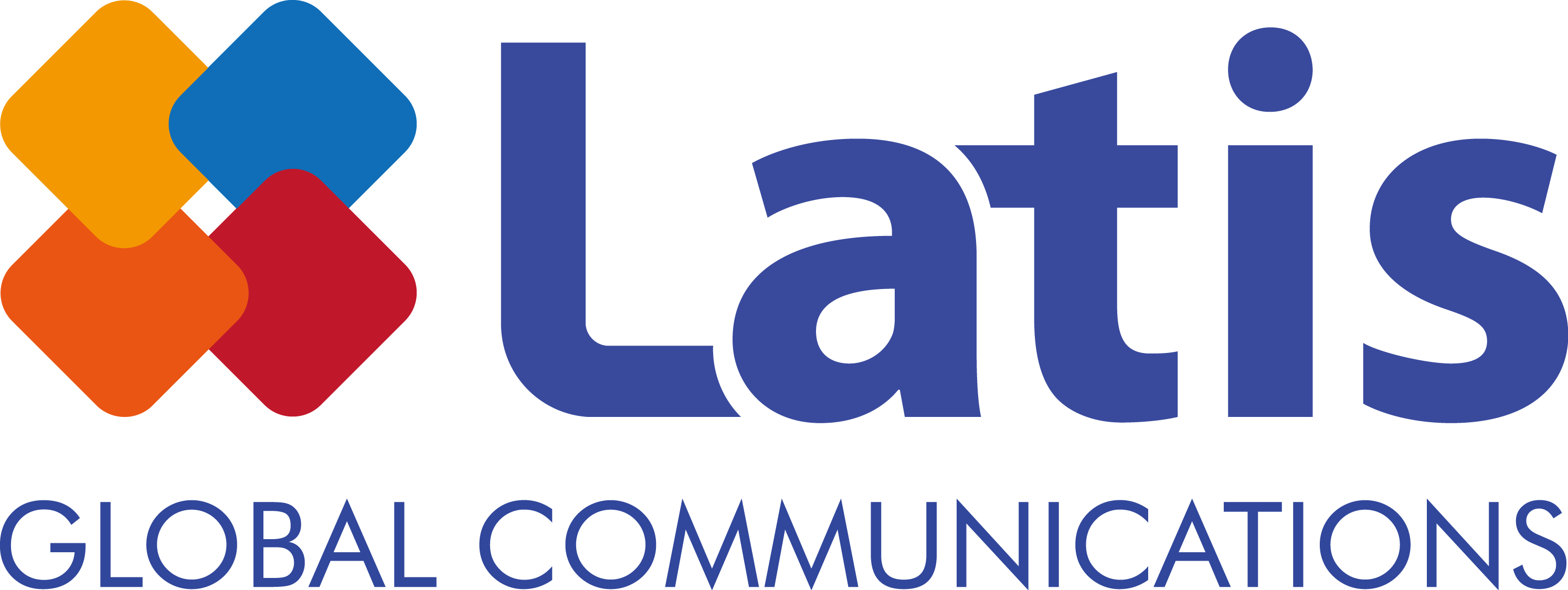
– The Current State of The Gaming Market
[Source Link: https://www.reportlinker.com/p06221876/Global-Gaming-Market-Growth-Trends-COVID-19-Impact-and-Forecasts.html?utm_source=GNW]First, let’s have a look at the current state of the global gaming industry. The gaming market is predicted to grow by 9.64% yearly on average between 2022 and 2027. Its value is $173.77 billion and is projected to reach $3,144 billion in 2027.
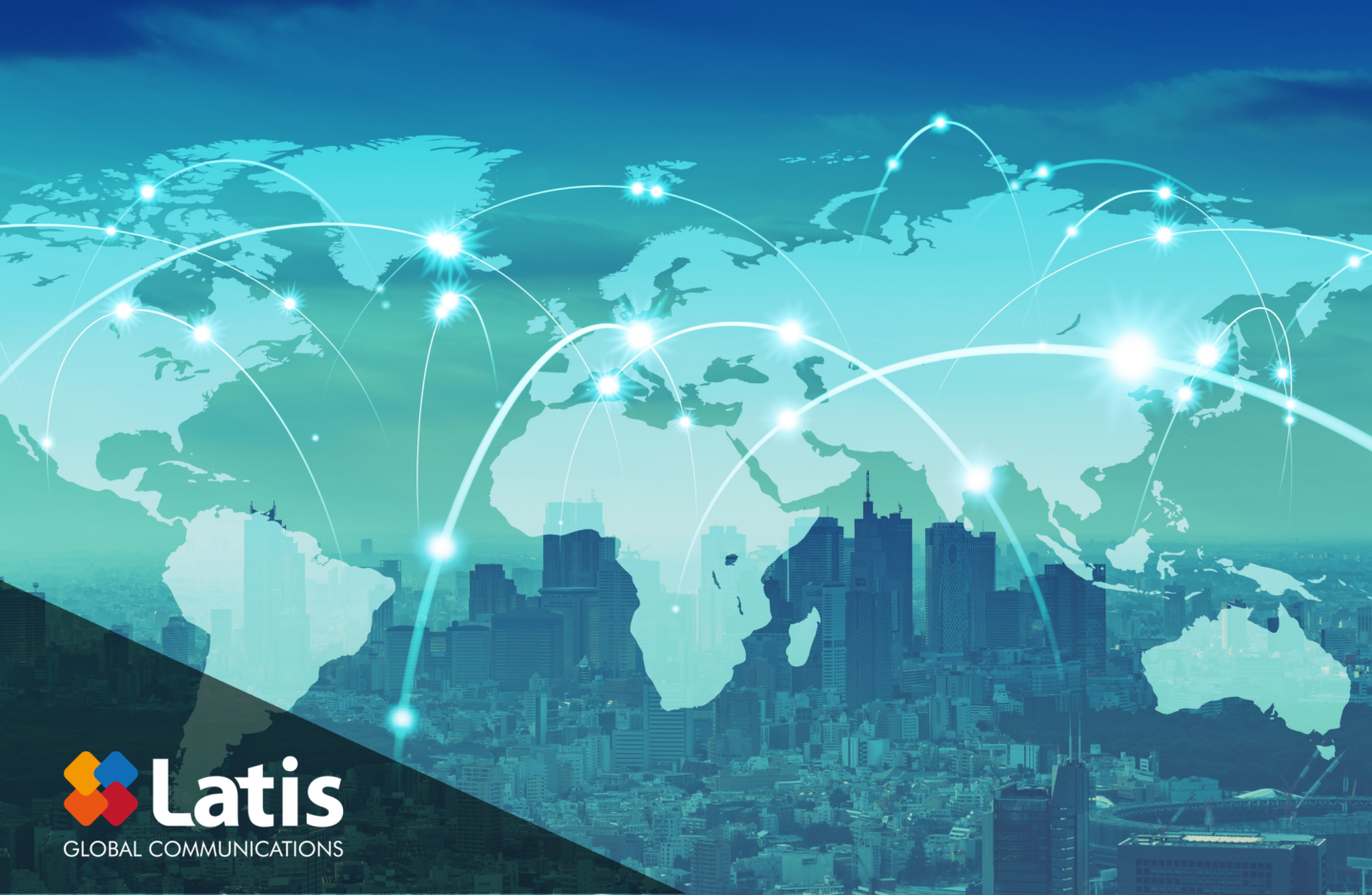
Due to the pandemic the Esports market has declined slightly, but it is still worth about $1.08 billion. It is predicted to reach $1.62 billion in the next two years.
This is due to increased console sales and more people participating. The number of viewers will increase to 580 million by 2024. The increased popularity of esports has opened new niche markets in console and mobile games like online battle games and increased the users’ interest. Esports have also started adopting augmented reality games, which may soon become common among regular users as well.

Global Gaming Market Expansion Strategy
[Source Link: https://www.daytranslations.com/blog/the-importance-of-video-game-localization/]Did you know that games published in English only make up 27% of the global gaming market? Fewer people speak English around the world than one might think. On average 52% of people only buy from websites with product information available in their own language. The number increases to 60% in the cases of France and Japan. (Nimdzi Research, 2020)
Games Need Localization Too!
For a game developer the greatest advantage of localizing their games is being able to increase global market exposure, engage more users and make higher profits.
A localized game also allows for greater immersion. If the user is able to experience the game in a familiar language, they can immerse themselves the game’s world and characters, improving satisfaction and involvement.

The Importance of Speaking Many Languages
Here at Latis we offer professional Localization, QA and GM services for game expansion overseas, and today we would like to tell you about emerging gaming markets.
Up and Coming Gaming Markets

1. India
Official Language: Hindi
The country with the second largest population in the world is naturally also a promising gaming market. According to the Business Standard, India’s top business magazine, in 2021 India’s gaming market was worth about $18 billion and had shown a 38% average yearly increase between 2017 and 2020.
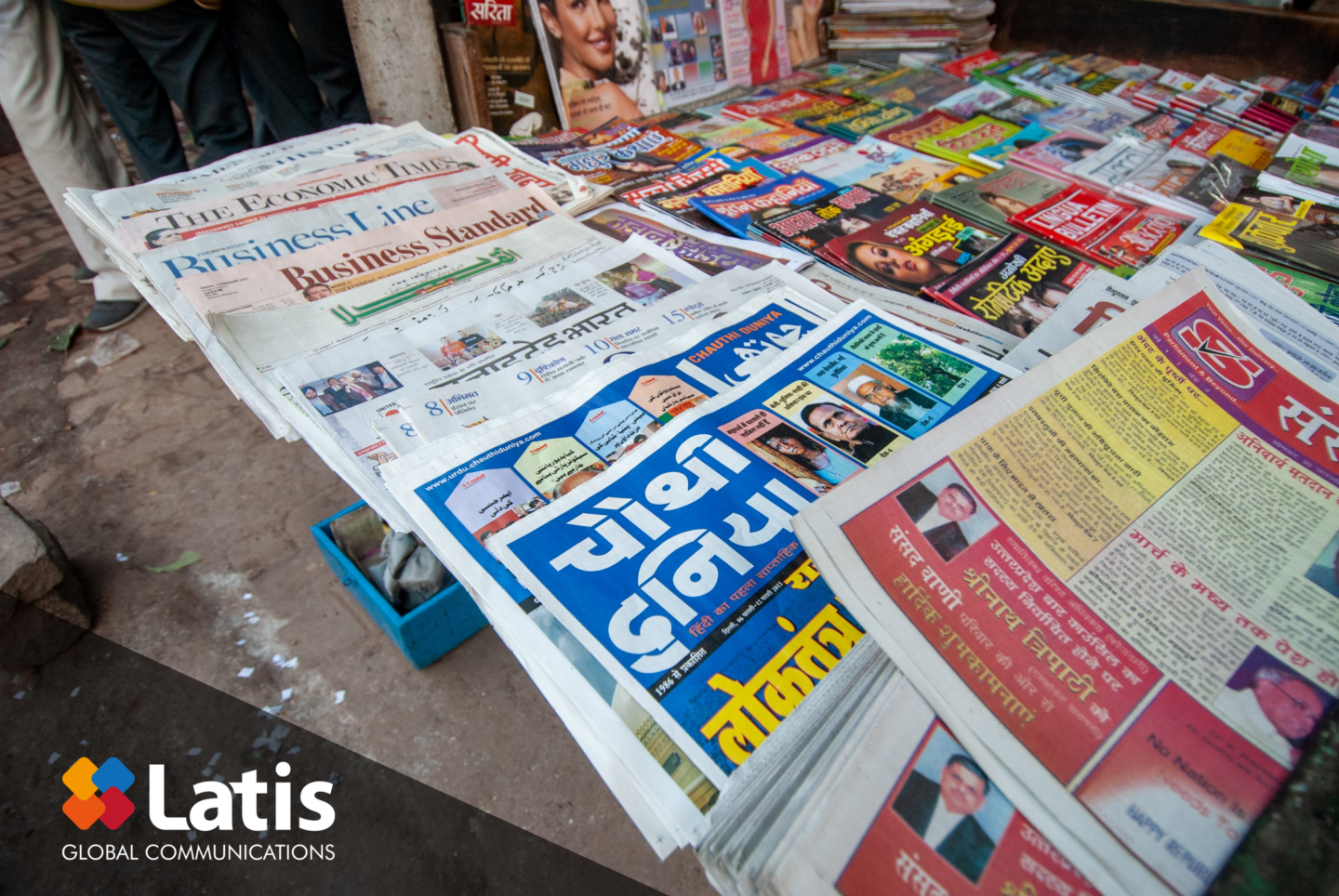
The Indian constitution recognizes 21 official languages, mostly languages spoken by large sections of the population or classical languages. Hindi is the official language, while English has semi-official status. India is also known for its ethnic and cultural diversity.

2. Türkiye
Official Language: Turkish
Unlike Arabic, which is written from right to left, Turkish is written from left to right, making UX/UI design easier according to people in the industry. Türkiye’s gaming market is the 18th largest in the world and was worth $1.22 billion in 2021. This makes it a promising market for game developers.

According to surveys by research companies AdColony and GWI the age groups who played videogames in 2020 were evenly distributed, with both children and adults playing games. According to the data 84% of all internet users in Türkiye play mobile games on at least one device.
80% of Türkiye’s population do not speak any language other than Turkish, which means localization is necessary to reach this customer base.


3. The Philippines
Official Languages: Filipino (based on Tagalog) and English
The Philippines’ gaming market has been developing continuously for a few years. The driving factors in this development have been the country’s advantageous tax policy and government support for businesses.

Depending on how you count, there are between 120 and 187 languages spoken in the Philippines. The 1987 Constitution recognizes Filipino and English as the official languages. People mostly use Filipino for communication, but anything to do with the government is mostly handled in English. If you include second language speakers, more people use Filipino than English.
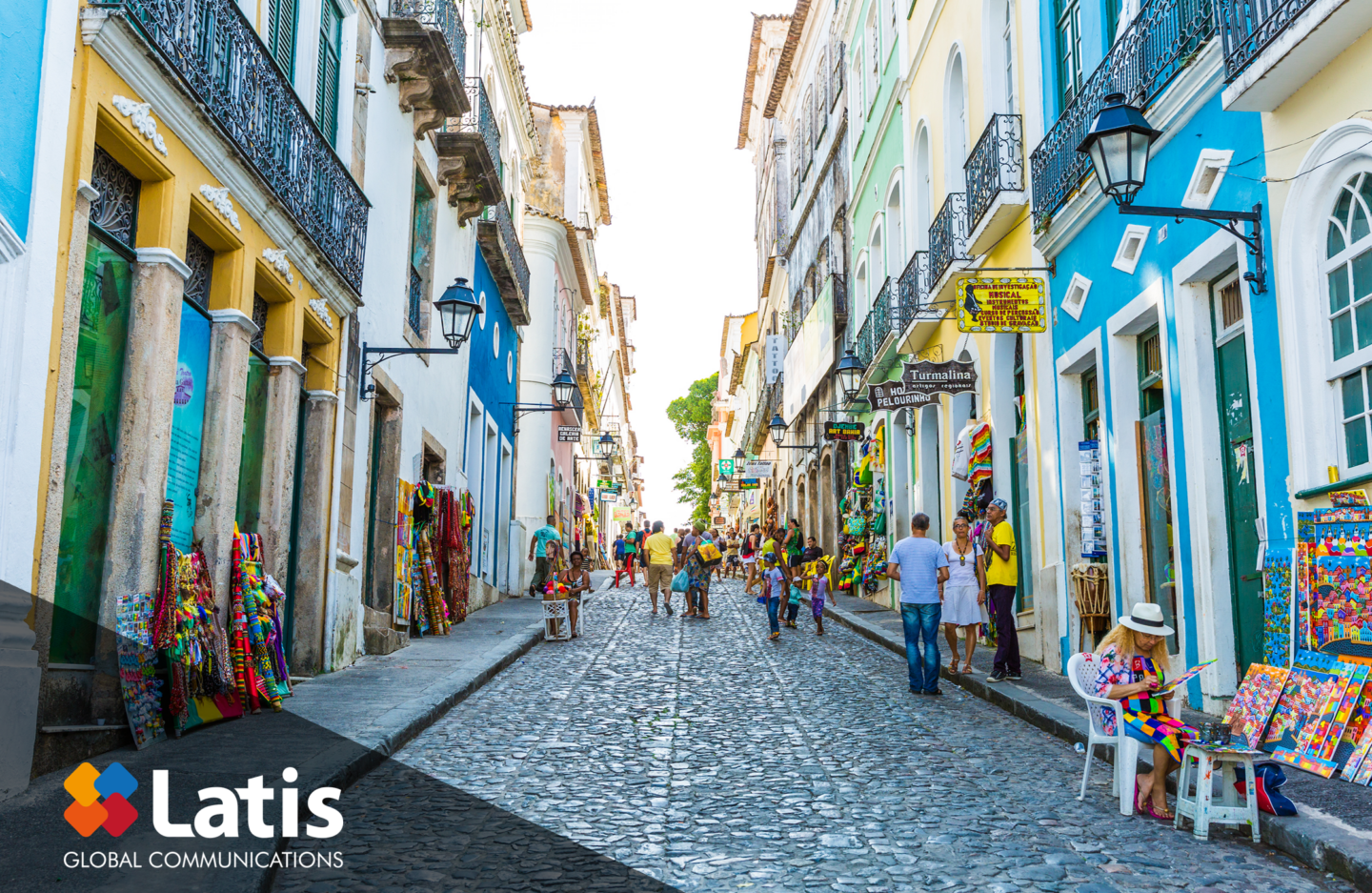
4. Brazil
Official Language: Portuguese
Brazil is the largest country in South America both in terms of size and population. It is the only American lusophone country and since it used to be a Portuguese colony it has been greatly influenced by Portugal’s culture. Portuguese is the official language as well as nearly the only language spoken in the country.
The Brazilian gaming market is the largest in Latin America and the 12th largest in the world. According to consulting company Newzoo currently Brazil is the largest gaming market in Latin America. Newzoo’s survey showed that in 2021 game sales amounted to R$ 11 billion and were projected to increase by 6% in 2022.

According to surveys by gaming market research center Pesquisa Game Brasil (PGB) the number of game users in Brazil is increasing and 74.5% of the population plays them. This means that 3 Brazilians out of 3 play videogames on smartphone or computer.
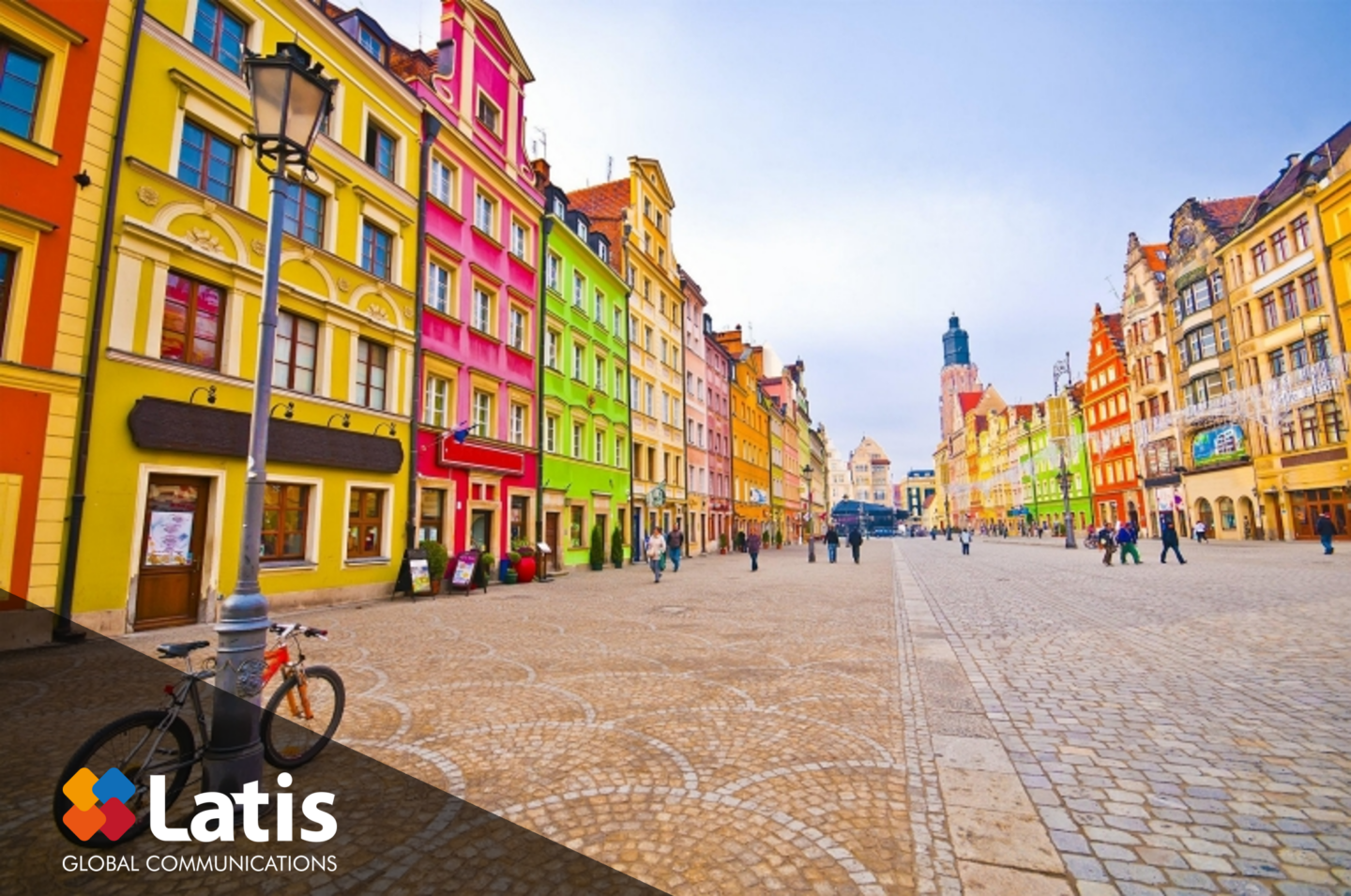
5. Poland
Official Language: Polish
The number of Polish gamers has been increasing steadily since 2017. Many people use their computers to relieve stress and relax. Esports are especially successful in Poland; Esports sales keep increasing, driven by online battles between pro athletes. Esports athletes are very popular and can help drive game imports. Between 2018 and 2020 the most popular Esports games were FIFA, League of Legends and Counter- Strike.

If you are planning to localize a game into Polish, the extreme difficulty of the language is going to require a localization company that guarantees not only a quality translation but also a deep understanding of the culture.

